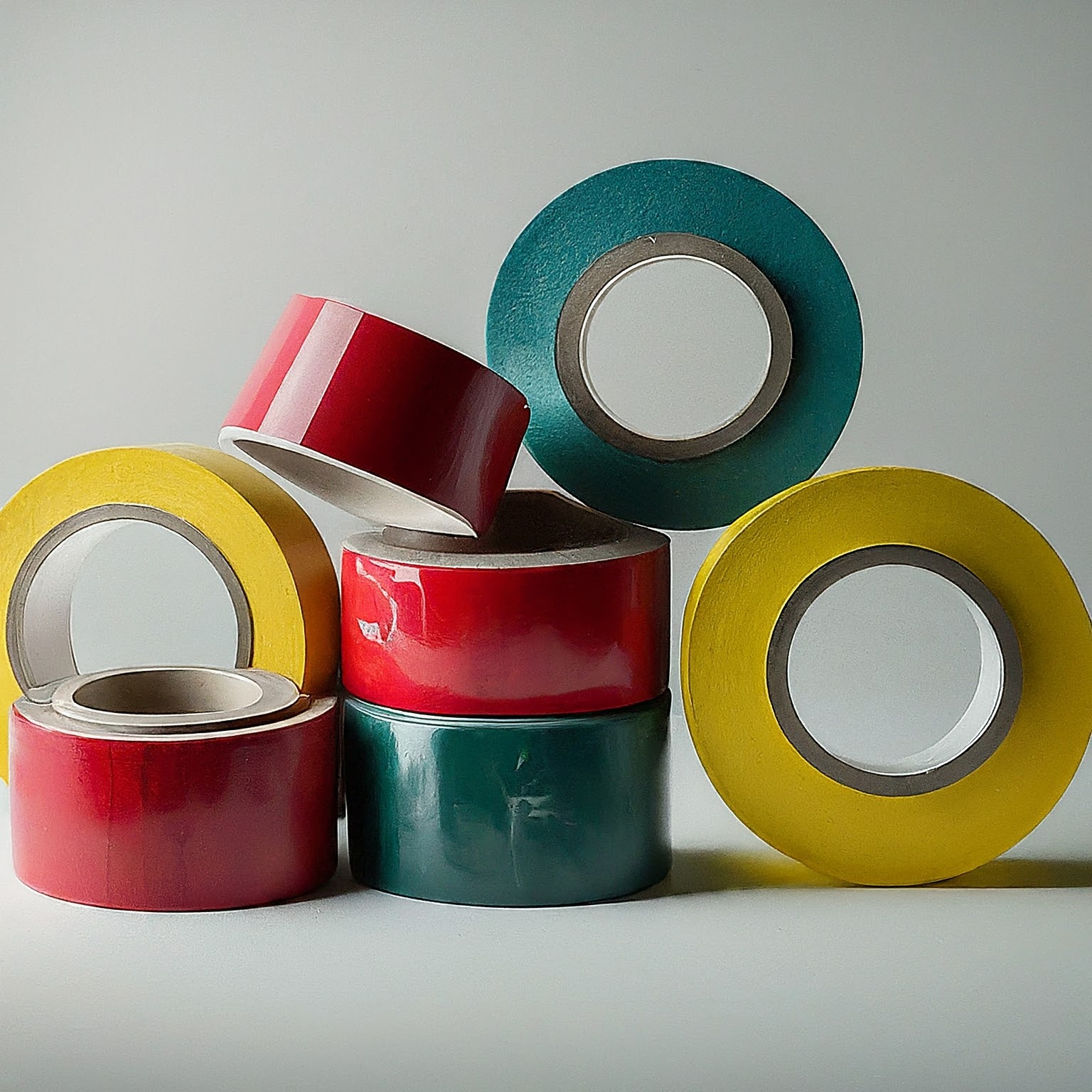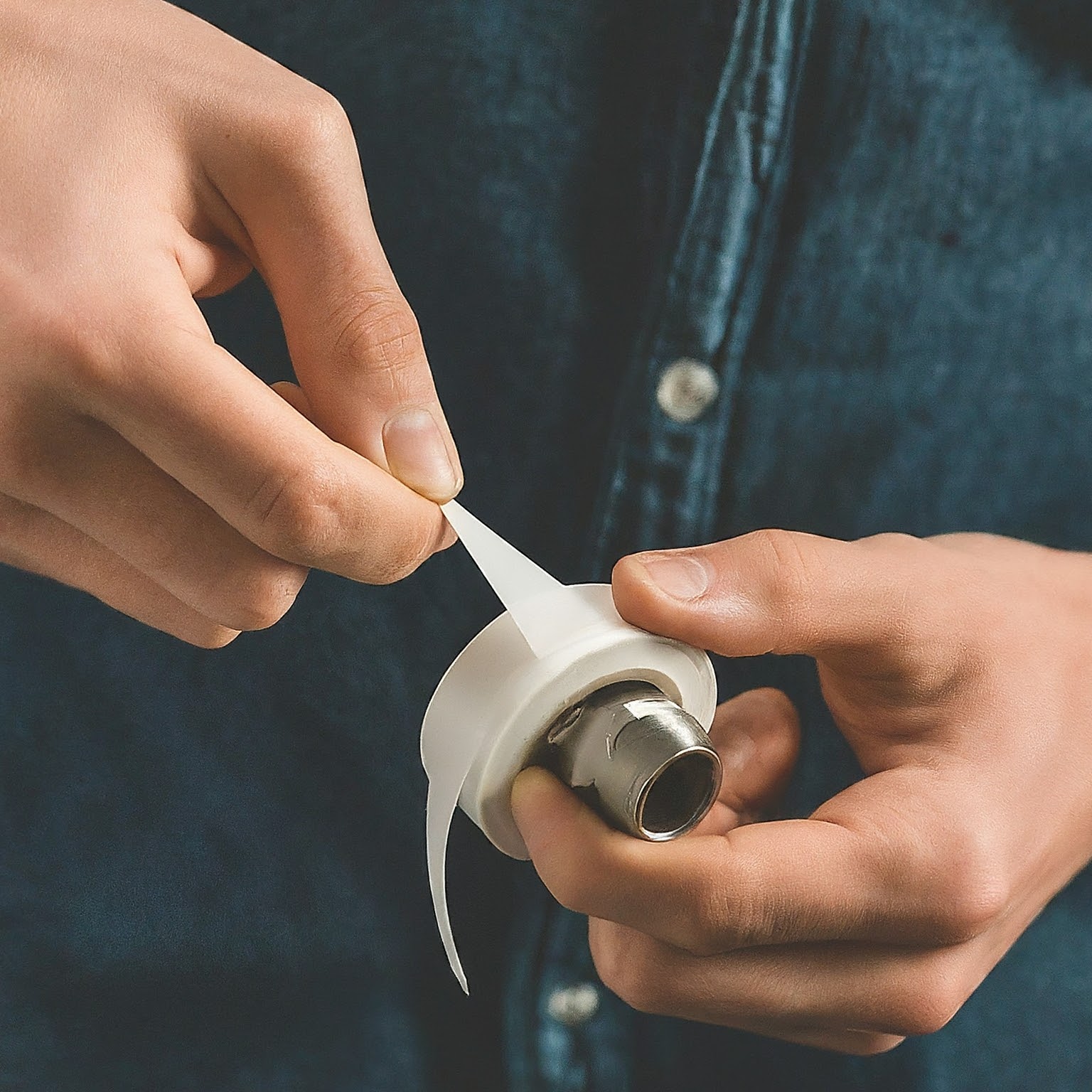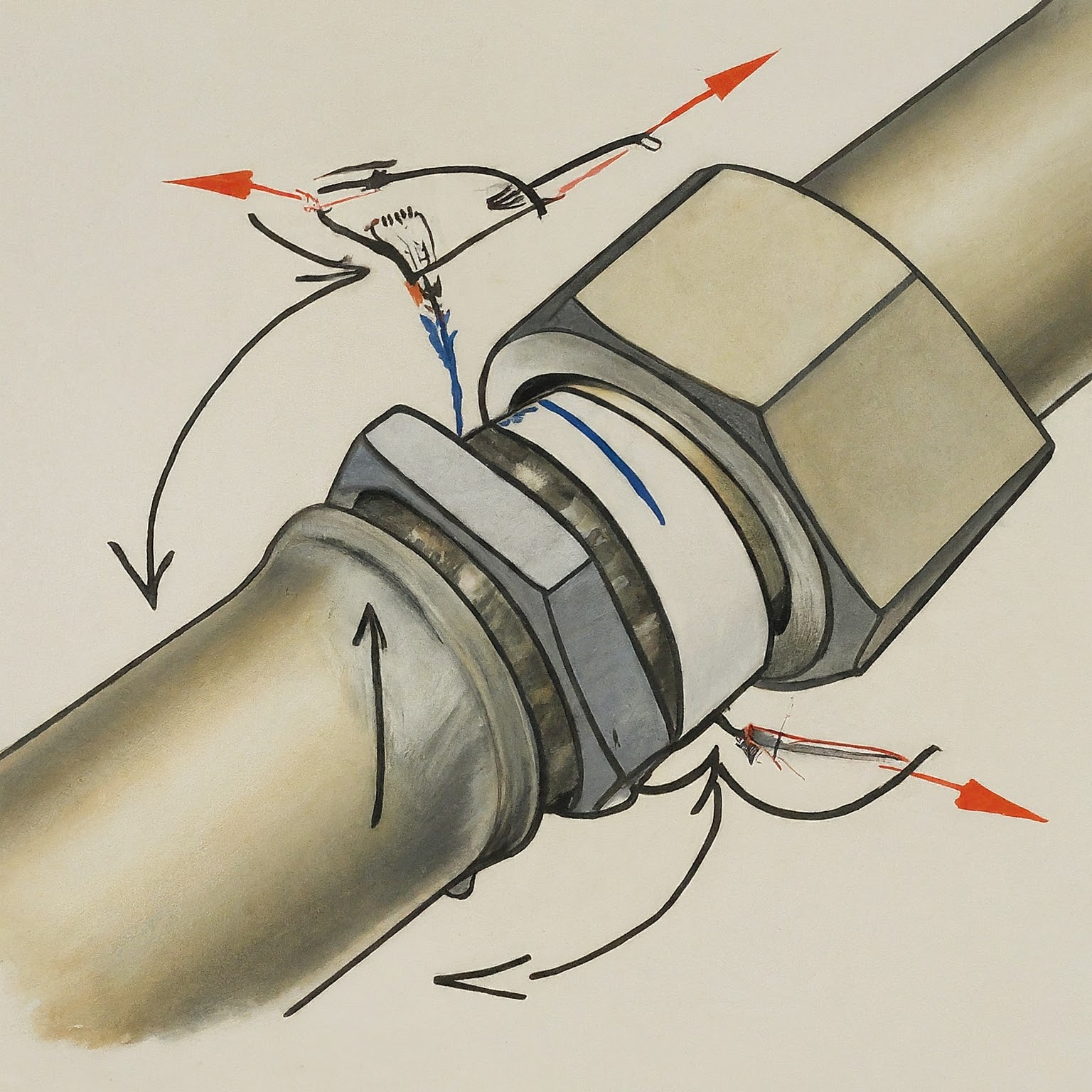7:00AM to 5:00PM
Leaky faucets are more than just an annoyance; they’re water wasters. Sydney Water reports that a single dripping tap can squander up to 2,000 litres of water monthly. Ignoring these leaks can lead to costly water bills and even severe water damage.
Fortunately, a simple solution exists: plumber’s tape. This versatile tool can effectively seal pipe threads, preventing leaks and ensuring your plumbing system operates efficiently. In this guide, we’ll explore the different types of plumber tape, master the application process, and uncover common mistakes to avoid.
Plumber’s tape, often called Teflon tape, is a thin, plastic tape used to seal threaded pipe joints. It creates a watertight seal by filling gaps between the pipe threads and acting as a lubricant, allowing for a tighter fit.
There are several types of plumber’s tape:
Using a plumber’s tape offers numerous benefits. It prevents leaks, making plumbing systems more reliable. Its easy application saves time and effort. Additionally, it’s cost-effective compared to other sealing methods.
Note: Always follow the manufacturer’s instructions for proper application and compatibility.

Selecting the correct plumber’s tape is crucial for a successful seal. The material, primarily PTFE, is the standard for most water-based systems. However, thickness matters. Thinner tape is ideal for smaller pipes and prevents cross-threading, while thicker tape offers a stronger seal for larger pipes and higher pressures.

Colour coding is a vital safety feature. White tape is typically for general water use, while yellow is specifically for gas lines. Using the incorrect tape can lead to serious consequences. Other colours, like green for oxygen lines, exist for specialised applications.
When purchasing plumber’s tape, opt for reputable brands to ensure quality. Avoid overly thin or brittle tape, as it may not provide a reliable seal. Check the tape’s thickness and intended use before buying. Always follow the manufacturer’s instructions for proper application.

Some common mistakes to avoid when using plumber’s tape include:
Using too much plumber’s tape can create a bulge that makes it difficult to tighten the joint. It can also cause the tape to bunch up and create leaks.
Using too little plumber’s tape can leave gaps between the threads, which can lead to leaks. It’s important to use enough tape to create a complete seal but not so much that it creates a bulge.

Using the wrong type of plumber’s tape can damage the joint and cause leaks. For example, using Teflon tape on a gas line can cause the tape to melt and create a fire hazard.
Not properly cleaning the threads before applying the plumber’s tape can prevent the tape from adhering properly, which can lead to leaks. It’s important to clean the threads with a wire brush or cloth and remove any dirt or debris.
By following these tips, you can avoid common mistakes and ensure that your plumbing joints are properly sealed.
Plumber’s tape and pipe dope (thread sealant) can be used together for an extra layer of protection. Pipe dope is a thick, putty-like substance that is applied to the threads of the pipe before the plumber’s tape. This creates a stronger seal that is less likely to leak.
Regularly inspect your plumbing connections for signs of leaks, such as dripping water, wet spots, or corrosion. If you find any signs of leaks, repair them immediately to prevent further damage.
If you are unsure about how to repair a leak, it is always best to call a professional plumber. Professional plumbers have the experience and knowledge to fix leaks safely and effectively.
There are many plumbing repairs that you can do yourself, such as replacing a washer or fixing a leaky faucet. However, there are also some plumbing repairs that should be left to the professionals, such as replacing a water heater or fixing a gas leak.
Properly applying plumber’s tape is essential for preventing costly water damage and ensuring your plumbing system operates efficiently. By following these guidelines, you can significantly reduce the risk of leaks in your home or business. However, plumbing issues can be complex, and it’s always wise to seek professional assistance for persistent problems or extensive repairs.
Don’t wait for a leak to cause significant damage! Inspect your plumbing connections today and apply the plumber’s tape where needed. If you’re unsure about the best course of action or encounter persistent leaks, contact Gold Coast Plumbing Company for expert leak detection services. Our team of professionals is dedicated to providing reliable and efficient solutions to keep your plumbing system in optimal condition.